In challenge #7 of the Certified Flat Classroom teachers’ course, we were asked to discuss the possibilities of student-empowered digital citizenship with your administration and/or colleagues. Plan and determine how you will use “reverse mentoring” opportunities to stay abreast of digital citizenship and how this can be shared through your organization.
As a school that has just gone 1:1 for students from years 5 to 12, the administration of my school fully supports ‘reverse mentoring’ and is keen to ensure that appropriate digital citizenship is taught and learnt. A small group of students formed student action teams to work on two trial projects with the Innovations and Next Practise division of our state Victorian Education Department – Learning Responsibly Online and Digital Demons – Playing by the Rules. The latter project involved student action teams from across Victoria who worked with the Melbourne Football Club, an AFL Football Team. They explored appropriate behaviour and safety in social networking and other online sites eg facebook, twitter etc where high profile sports players network and then related back to schools and individuals. The footy players were honest in the mistakes they had made and shared their experiences. The student groups surveyed students in our school and other global participants on their use of the internet. The student team was concerned about the number of hours that students are online networking (some well after midnight). Students created a digital video on cyber bullying, uploaded it to youtube and shared it with their classmates. They also wrote several articles for our local newspaper. As I teach ICT, I have the opportunity to
However, in 2012, we could take this further. Here are some ideas:-
- Further discussions with students exploring the opportunity of having a specific mentoring group setup.
- Setup a student survey on our school blog. This can alert us to any areas of concern and keep us abreast of the networking tools that students are using.
- Students add posts as guest bloggers on our school blog or class blogs.
- Get students to speak at staff meetings of their favourite networking sites, how they use them and why they use them.
- As I teach ICT, I could give 10 mins of each lesson or once a week for students to share their online and digital world with me and the other students eg latest games they play, uses of networking sites, new tools they have discovered, latest phone apps and discoveries etc.
- In 2012, it is likely that I will be teaching a couple of primary school classes. Will sign them up for Super Clubs Plus, which is a social networking site that is supervised at all times.
- Hold evening meetings for parents each term as they are important stake holders. These meetings could be face to face, or virtual (involving web conferencing). Students could be present and show how many of their favourite online sites work, share how to have strong and safe digital profiles etc
- Students write articles for the community school newsletter and our local newspaper on a regular basis.
- I shall explore further in 2012, the networking sites that years 9/10 use and shared with me at the end of 2011. See word cloud created with wordle below.


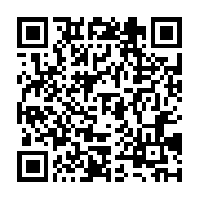









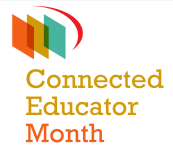
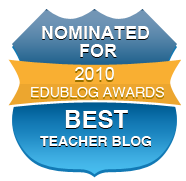




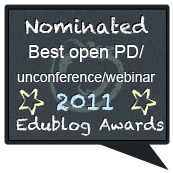
 Twitter/murcha
Twitter/murcha Del.icio.us/murcho
Del.icio.us/murcho GMail/Anne M
GMail/Anne M Blog/Anne M
Blog/Anne M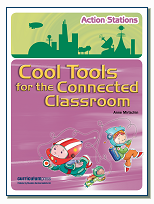
Pingback: Empower digital citizenship action - plans for 2012 | Digital Citizenship in Schools | Scoop.it
Hi Anne
Here are a couple of projects I have been working on with WMR Hobson’s Bay Network. They are targeted at year 5 student leaders. They may be of use to you.
http://ictedservices.typepad.com/icted_services/2011/07/students-as-elearning-leaders-project.html
http://ictedservices.typepad.com/icted_services/2011/11/students-as-elearning-leaders-project-leadership.html
Kind regards
mark
Thanks for the links to these resources, Mark. I feel that this is a crucial aspect to education today with our students increasingly online and mainly from home, where there is no or little guidance. I think that I am teaching grade 4 students this year, so it could be ideal for them.